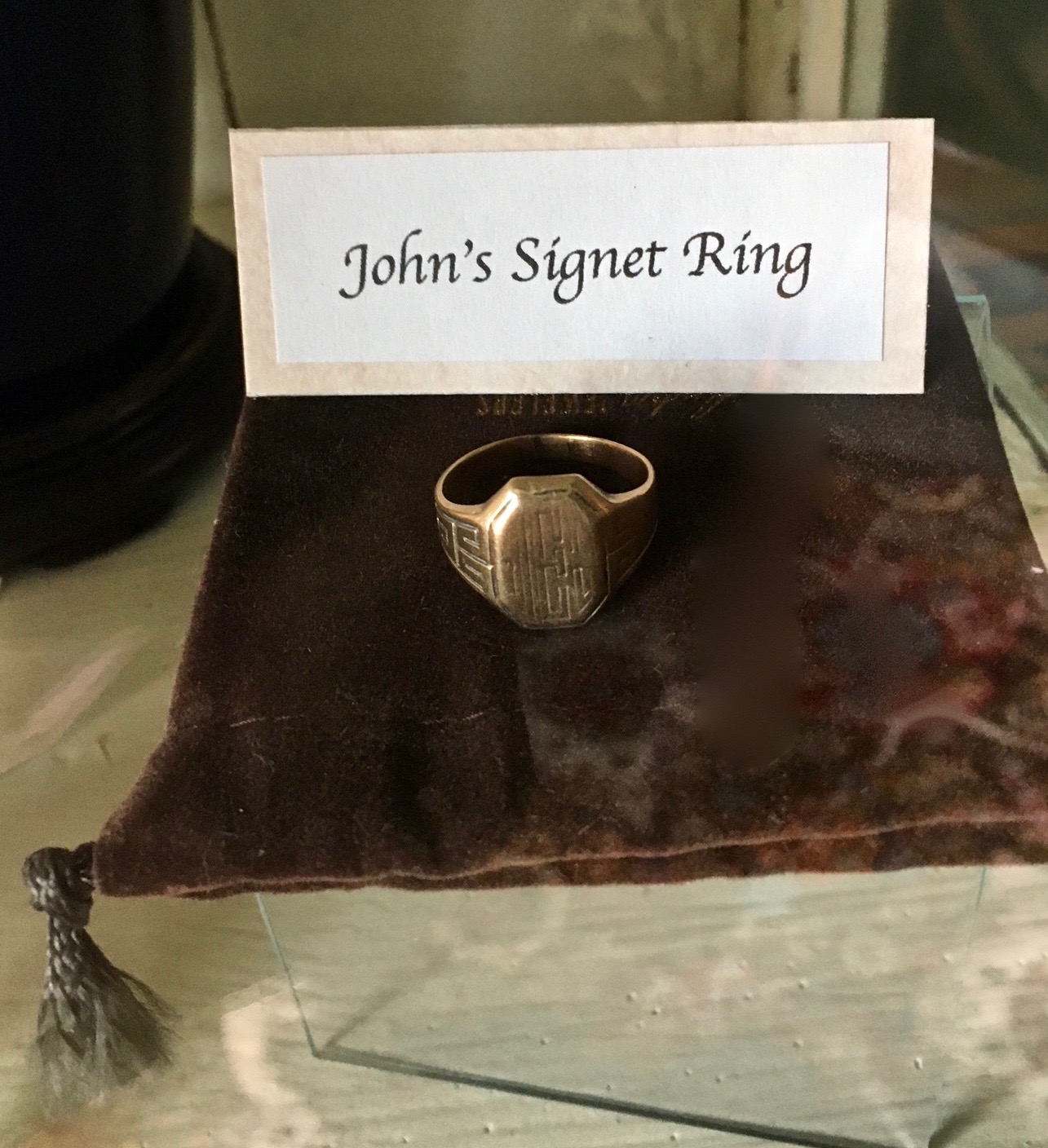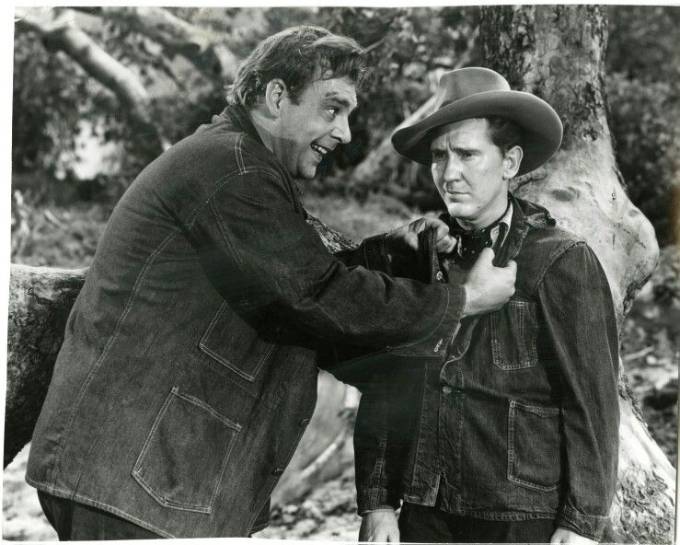John Steinbeck preferred coasts to mountains, but the opposite is true of Joshua Powell, the artist-author of an artful new book, The Pacific Crest Trail: A Visual Compendium. Quoted in a February 20, 2021 Spokesman-Review profile by Stephanie Hammett, the Washington State resident said that he picked up a copy of Steinbeck’s 1945 novel Cannery Row while staying overnight with friends in Belton, California (pop. 22) in 2012. He kept the copy his hosts gave him in his knapsack, working his way along the 2,653-mile Pacific Crest Trail—and having an unexpected experience of discovery. “’I would pull it out and read it from time to time, maybe 10 minutes before going to sleep, but it ended up having a huge effect on my experience,’” Powell told Hammett, who added that Powell “started seeing connections between his hike and the plot surrounding the character of Doc in Cannery Row, an early thru-hiker of sorts himself.” John Steinbeck continues to sustain the young artist-author. “’That was kind of shocking to me, that this book I just randomly happened to find, by a very famous writer, actually had this direct connection to what I was doing,’ he said, explaining how he went from casually reading Cannery Row to tracking down every bit of Steinbeck he could find.”
Photo of Joshua Powell by Laura Goff courtesy of the Spokane, Washington Spokesman-Review.







